AnandTech Article Channel |
- A Look at ST-Ericsson's THOR M7450 Category 4 LTE Modem with Carrier Aggregation
- Rosewill Line-M Case Review: Wherefore Art Thou Micro-ATX?
- Hands on with the ASUS Fonepad, and ASUS PadFone Infinity
| A Look at ST-Ericsson's THOR M7450 Category 4 LTE Modem with Carrier Aggregation Posted: 26 Feb 2013 12:39 AM PST Earlier this morning we stopped by ST-Ericsson to talk about their SoCs and modem platforms, and took a look at their new Thor M7450 baseband which includes both support for 10 MHz + 10 MHz carrier aggregation to realize full category 3 and 4 speeds, and of course category 4 support. M7450 is built on a 28nm LP bulk process, though I'm told that there will be future parts also supporting FD-SOI similar to the new L8580. This is the same IP block integrated into ST-E's L8580 SoC, and includes support for both TDD and FDD LTE alongside WCDMA/HSPA+, TD-SCDMA, and GSM, all the 3GPP suite. ST-E believes its modem architecture in M7450 is very different from traditional designs, as it leans more towards being an SDR than most. We had a chance to see M7450 demonstrating both UE Category 4 speeds and carrier aggregation on a number of different band combinations, interestingly enough 4 + 17 (AT&T), 4 + 13 (VZW), and 2 + 17 (AT&T) in addition to a few others. M7450 of course supports 5+10 and 5+5 aggregation as well. Anand and I also got a chance to check out M7450 doing a VoLTE voice over IMS call running AMR-WB on the platform, which touts power consumption on a VoLTE call at levels equal to or less than a WCDMA call. There was a visualization showing the platform performance on the current VoLTE call versus WCDMA (for the same platform) which was at the same level or below basically the entire time. M7450 is currently sampling and expected to be in devices by the end of the year. |
| Rosewill Line-M Case Review: Wherefore Art Thou Micro-ATX? Posted: 25 Feb 2013 08:01 PM PST Vendors are always very quick to send us their biggest, best, and brightest. Rosewill's own top-selling Blackhawk Ultra has been with us for a little while, but while we rework our testbed for high end cases, we thought it might be worth looking at one of the workhorses in Rosewill's stable. Looking at enthusiast kit is fun, but it's interesting to see what's floating around in the budget sector, too, as many of us are often on the hook to build and maintain desktops for family and friends. With that in mind, we requested the micro-ATX Rosewill Line-M. While the Line M is worth checking out in its own right as a compact, $55 case with USB 3.0 connectivity, it also highlights a disparity in the current industry: Micro-ATX motherboards are still incredibly common, but case designs are stratifying within two extremes. Full ATX and larger cases are going stronger than ever, but the smaller case designs have largely been usurped by Mini-ITX. There's still a place in the world for a good Micro-ATX client, though, and we think the Line-M might just help deliver it. |
| Hands on with the ASUS Fonepad, and ASUS PadFone Infinity Posted: 25 Feb 2013 03:08 PM PST In its annual tradition at MWC, ASUS held a press conference off-site to introduce some of its mobile devices. The introductions are always interesting and typically unique in the marketplace. This year was no different. To kick things off, ASUS introduced the Fonepad: a 7-inch Android 4.1.2 tablet that also serves as a phone. Samsung launched the Galaxy Note 8.0 earlier this week with a similar capability. While I don't expect many folks to want to hold a 7-inch tablet up to their face, having the ability to combine both tablet and smartphone functionality into one can be tempting. I can see the Fonepad being compelling if you don't make calls all that often but would rather carry a small tablet than a large smartphone, or if you are fine using a Bluetooth headset. The device is pretty much a Nexus 7 but with a nice metal back. The dimensions are near identical to the Nexus 7 at 196.4mm x 120.1mm x 10.4mm with a weight of 340 grams. The display resolution remains 1280 x 800 and the IPS panel is LED backlit. In a curious change of pace, ASUS integrated Intel's Atom Z2420 SoC (single-core + HT, 1.2GHz 32nm, PowerVR SGX 540). I'm curious to see how the single core, low-clocked Atom SoC does compared to Tegra 3 in a tablet. Driving all phone functionality is Intel's XMM 6265 baseband, with support for 850/900/1900/2100MHz WCDMA and 850/900/1800/1900MHz EDGE/GSM bands. There's support for 802.11b/g/n and BT 3.0. The Fonepad features 1GB of LPDDR2 memory and 16GB of NAND on-board, with a microSD slot for additional storage expansion (a notable absence from the Nexus 7). There's an integrated 16Wh battery (like in the N7) and the device will be available in titanium gray and champagne gold (like the Transformer Prime). The big selling point of the Fonepad is its price: $249. That's a pretty impressive deal for a full featured smartphone and 7-inch tablet in one. It's a bit of a quirky product, but I can definitely see the Fonepad filling a niche. Next up is the ASUS PadFone Infinity. For those of you who aren't familiar with the PadFone concept, it's pretty simple. Take a phone that can dock into and power a tablet display and you have PadFone. The tablet part is strictly a display + battery, all compute and connectivity is driven by the phone element. The PadFone Infinity takes a 5-inch 1080p Snapdragon 600 based smartphone running Android 4.2 and pairs it with a 10.1-inch 1920 x 1200 tablet dock (the PadFone Infinity Station). The phone weighs 141g and features an integrated 2400mAh battery, while the tablet dock weighs 530g and comes with a 5000mAh battery. The phone integrates 2GB of LPDDR2-1066, and will come in both 32GB and 64GB versions. ASUS claims support for 802.11b/g/n and 802.11ac with WiFi Direct, BT 4.0 and NFC. Thanks to Qualcomm's baseband, there's full DC-HSPA+ and UE category 3 LTE support. The PadFone features a 13MP rear facing camera with f/2.0 aperture lens and a 2MP front facing camera. When in tablet mode, the rear camera remains unimpeded while the front camera is replaced with a 1MP module. Video out is supported via a Mobility DisplayPort interface (MyDP) that runs over the standard micro-USB port on the PadFone.
|
| You are subscribed to email updates from AnandTech To stop receiving these emails, you may unsubscribe now. | Email delivery powered by Google |
| Google Inc., 20 West Kinzie, Chicago IL USA 60610 | |

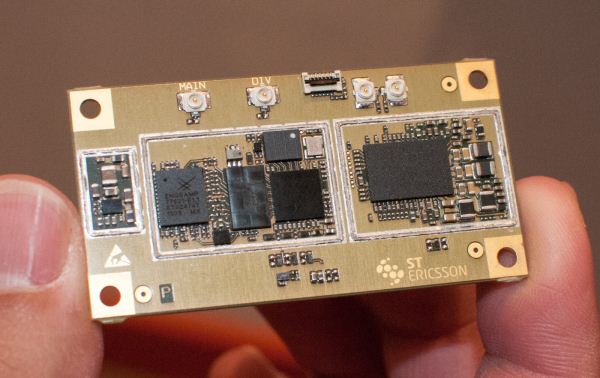
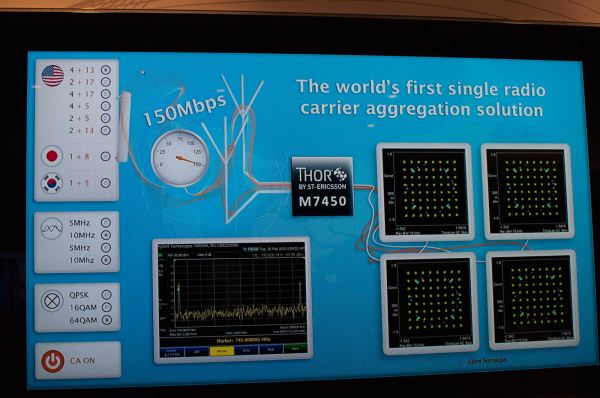








.jpg)
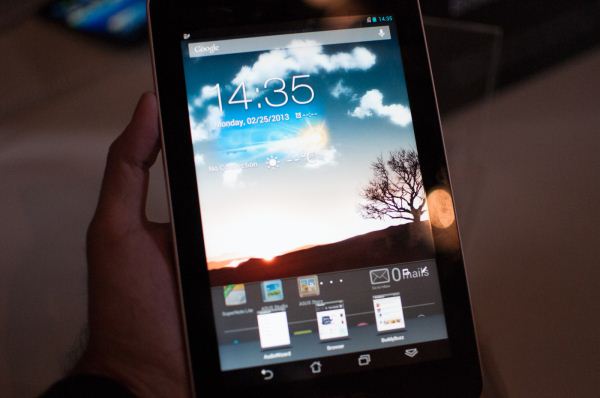
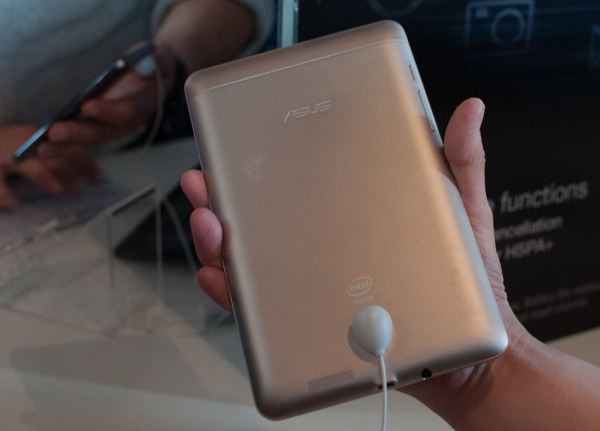

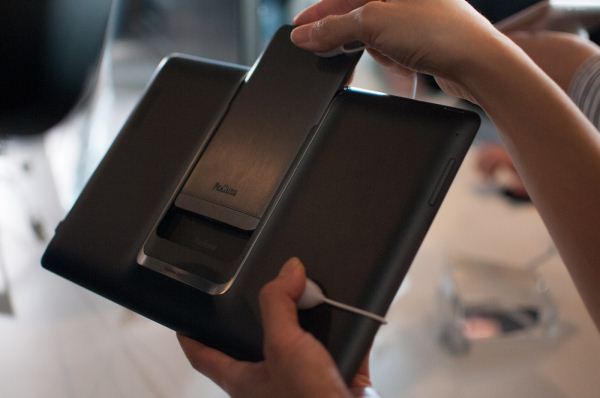
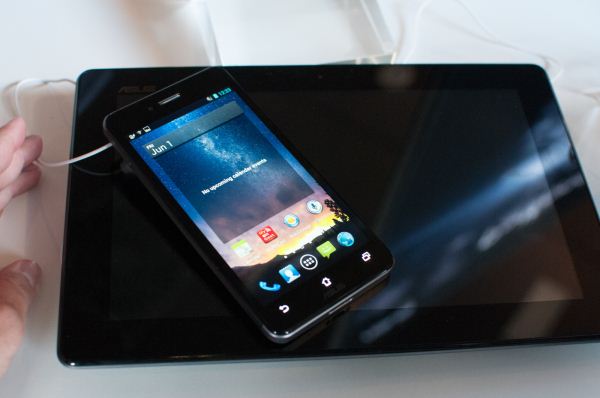
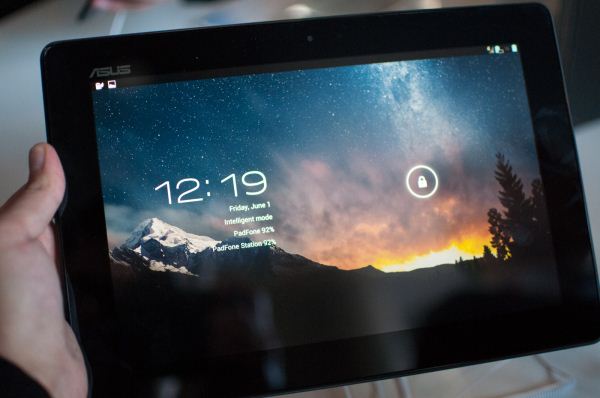






No comments:
Post a Comment